
|
|
|
|
|
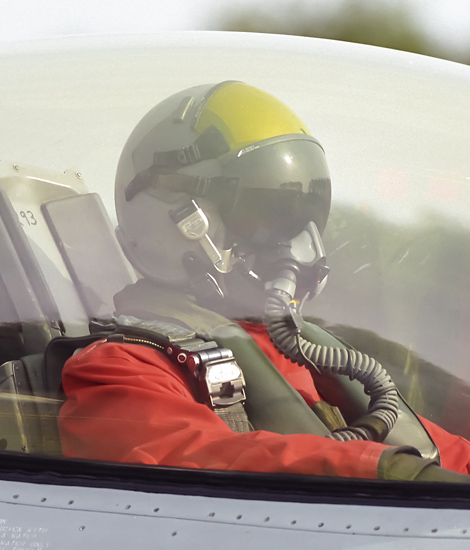
|
International Exercise Frisian Flag; Leeuwarden, October 17, 2001
Multinational Cooperation, part 1; Text and Photograph's by Alex van Noye
Between October 15 and October 26, 2001, the exercise Frisian Flag 2001was held at Leeuwarden Air Base. In two weeks’ time, different scenarios were widely practiced. The scenarios were always adapted to the current situation in the world. To make the exercise realistic participants from various countries participated.
The exercise Frisian Flag is an exercise which is nowadays held annually at the Frisian Leeuwarden Air Base. The exercise was held this year from October 15, 2001 until October 26, 2001. The exercise Frisian Flag is the successor to the exercise DIAWACS and DIATIT. These exercises were multinational exercises in collaboration with the European partners. The participants of this year’s exercise came from Norway, France, Germany and Finland. The exercise is primarily designed to prepare the Dutch F-16 pilots for deployments to areas of conflict in the world. Scenarios which occur during future NATO Response Force (NRF) deployments are intensively trained. Think about actions and deployments such as those in the former Yugoslavia. During the exercise collaboration with so-called Forward Air Controllers of the Royal Netherlands Army and the Royal Netherlands Navy will take place. The participants of the exercise will take off twice a day and perform several tasks in parallel in this scenario. The exercise would largely take place above the Dutch TRAs (Temporarily Reserved Airspace). The TRA 1 until 8 would be used during the exercise. The German D-100 area and the Danish BR1 area would be affected as well during the exercise. The missions which are flown are coordinated by bandbox. Bandbox is the Dutch battle command during exercises, but also during operations where the fighters are accompanied to their targets. During the exercise, various interception scenarios will be practiced extensively.
The Dutch participants during the exercise Frisian Flag were the F-16s from Volkel and Leeuwarden Air Base. The no 323 TACTESS (Tactical Training, Standardization and Evaluation Squadron) is the organizer of the exercise. This unit is in the Dutch squadron which performs the tactical tests and evaluations of the Royal Netherlands Air Force. The unit will train flight instructors and weapons instructors, but also ensures the Integrated Combat Training (ICT). At the same moment the unit is carrying out the
|
|
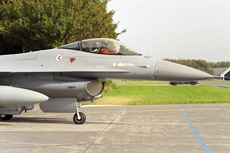
|
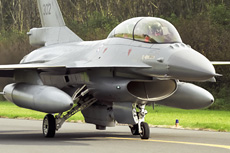
|
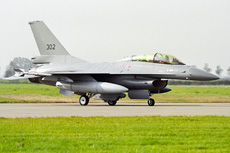
|
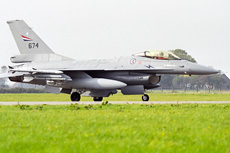
|
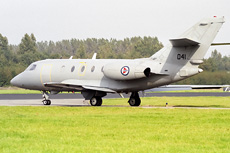
|
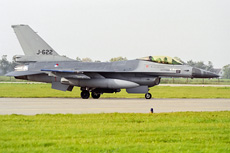
|
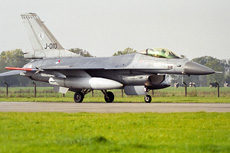
|
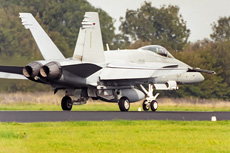
|
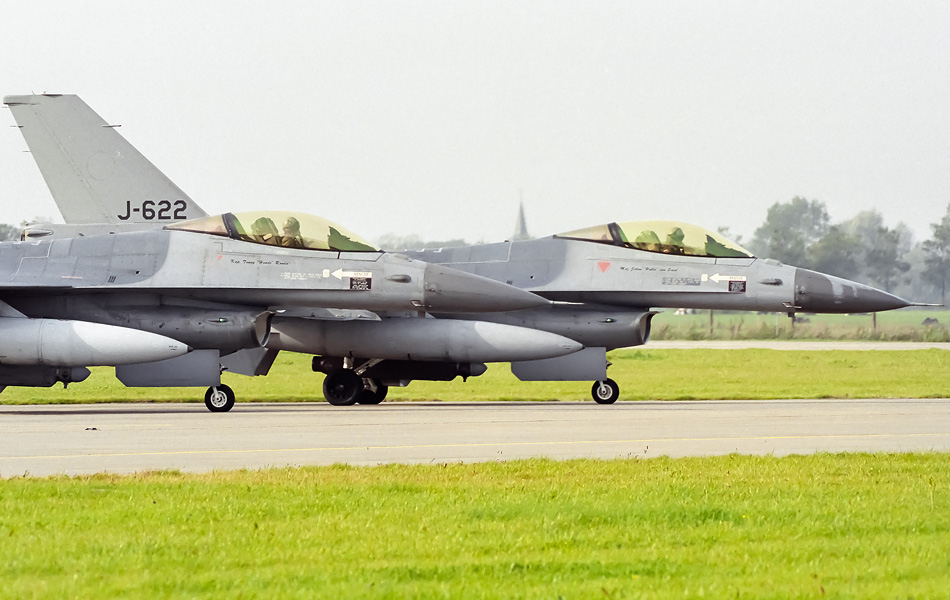
|
standardization and evaluation of the F-16 Fighting Falcon. The MLU test program was provided by the unit, along with the Belgians, Danes and Norwegians. The unit is therefore responsible for the improvement of techniques and executed tactics which are applied by the Dutch F-16 units. The F-16s of the no 323 Squadron would parti- cipate in the exercise in the air defense role. Traditionally the F-16s from Leeuwarden will fly during this exercise in this role. The no 312 Squadron was during Frisian Flag present in the ground attack role. The F-16 units from Volkel are specialized in attacking ground targets. The F-16s from Twenthe Air Base flew also along during the exercise, but not from Leeuwarden. The no 313 Squadron and the no 315 Squadron would fly from Twenthe as aggressors during the exercise. The aircraft had the task to fly in the role of the Red Air Coalition which needs to disrupt the operations of the Blue Air Coalition. These participants do not operate from Leeuwarden. This ensures that the opponents of Blue Air don’t know how many opponents there are in the air.
The Norwegians were next to the Dutch participants the only participants in Frisian Flag who flew along with the F-16 Fighting Falcon. All three Norwegian units flew along with two F-16s during the exercise. These units, were; the 331 Skvadron from Bodo, the 332 Skvadron from Rygge, the 334 Skvadron from Bodo and the 338 Skvadron from Orland. The F-16s of the 331 Skvadron are recognizable by the red-white-blue flag on the tail of the aircraft. The unit has in Norway the nickname Lion. The aircraft of the 332 Skvadron can be identified by a red, white and blue flag on the tail and are nicknamed Eagle. The only difference is that the F-16s of the 332 Skvadron carry a flag representing the Norwegian flag. The F-16s from Bodo of the 334 Skvadron are recognizable by the red-white flag on the tail of the aircraft. The nickname of this unit is Cola. The F-16s of the 338 Skvadron can be identified by the black and yellow lightning bolt on the tail. These F-16s carry a picture of a bow and arrow on the tail as well. The 338 Skvadron is known as the Tiger squadron of the Norwegian Air Force. The Norwegians are like the Netherlands F-16 users from the first minute. The Norwegians have recently participated in the MLU program like the other F-16 partners. The Norwegians are flying during Frisian Flag in the air defense role. The F-16s are armed with AIM-9 Sidewinder missiles and with AIM-120 AMRAAM missiles.
The only French participants which participated during Frisian Flag were the French Mirage 2000Ns. The Mirage 2000N is the nuclear attack variant of the aircraft. The Mirage 2000N is built by Dassault in France. The aircraft which were present at Leeuwarden were from EC04.002. This unit is stationed at the French airbase Luxeuil les Bains. The air base is located in the east of France at the foot of the Alps. The design of the Mirage 2000N is based on that of the Mirage 2000B. This variant is the two-seat variant of the air defense variant of the Mirage, namely the Mirage 2000C. The Mirage 2000N is able to carry the ASMP medium-range nuclear missile. The aircraft of this type can only carry a nuclear missile under the fuselage of the aircraft. Next to this the Mirage 2000N can also carry two Matra Magic missiles for the self-protection of the aircraft. The first 30 aircraft which were delivered had only nuclear capabilities. These Mirages were referred to as the Mirage 2000N-K1. These aircraft were not able to protect themselves. The aircraft carried in the beginning two AN52 nuclear bombs which were later replaced by the ASMP missile. The last batch of 44 aircraft was referred to as the Mirage 2000N-K2. This Mirage 2000N variant could carry both nuclear and conventional weapons. These Mirages were able to defend itself against enemy aircraft. During Frisian Flag the Mirages were deployed against enemy ground targets. There were five Mirage 2000Ns at Leeuwarden at the exercise.
|
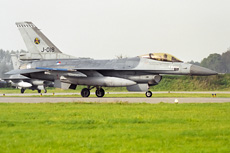
|
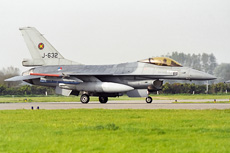
|
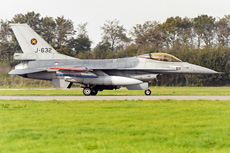
|
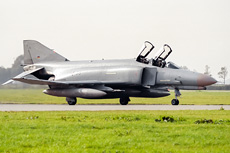
|
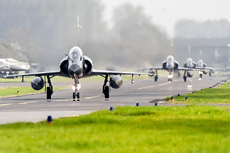
|
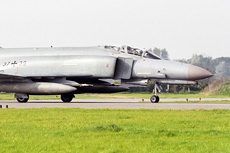
|
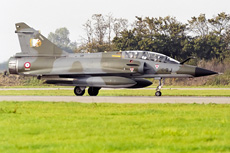
|
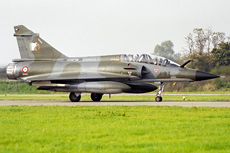
|
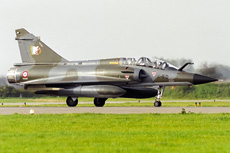
|
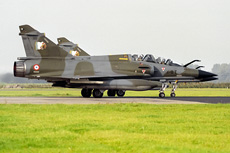
|
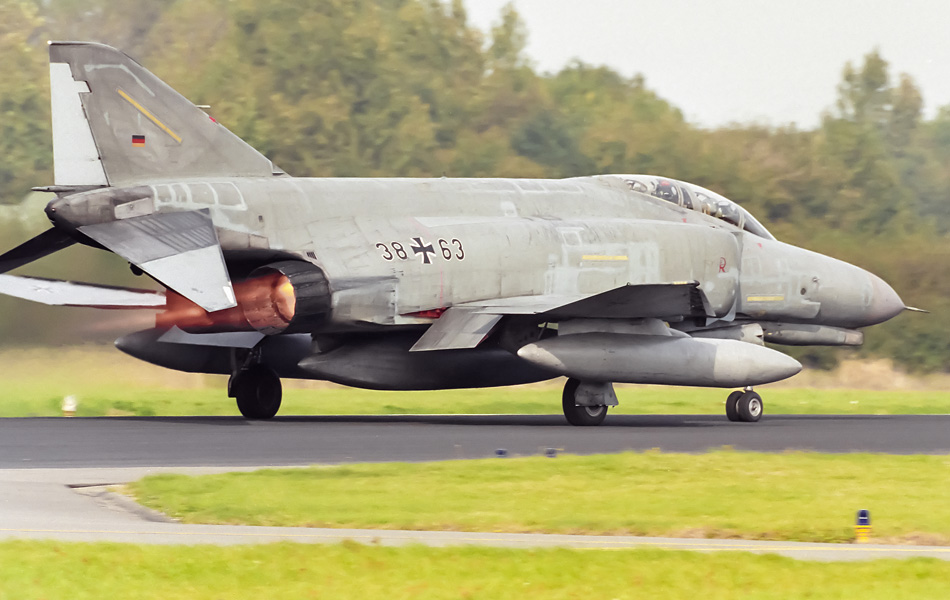
|
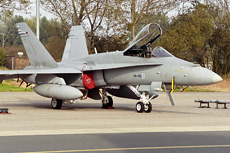
|
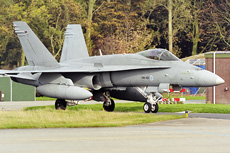
|
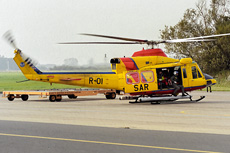
|
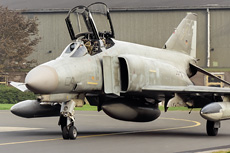
|
|
|

|







